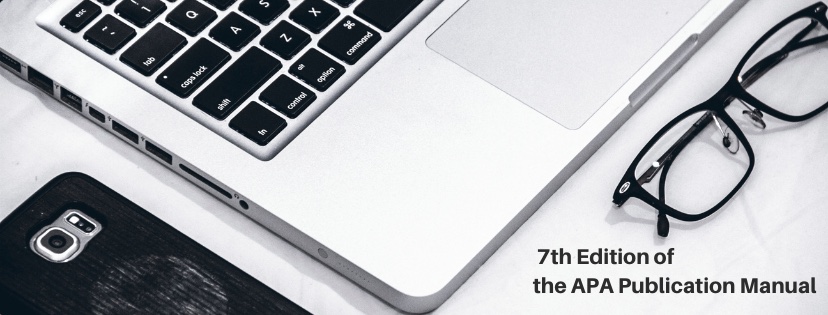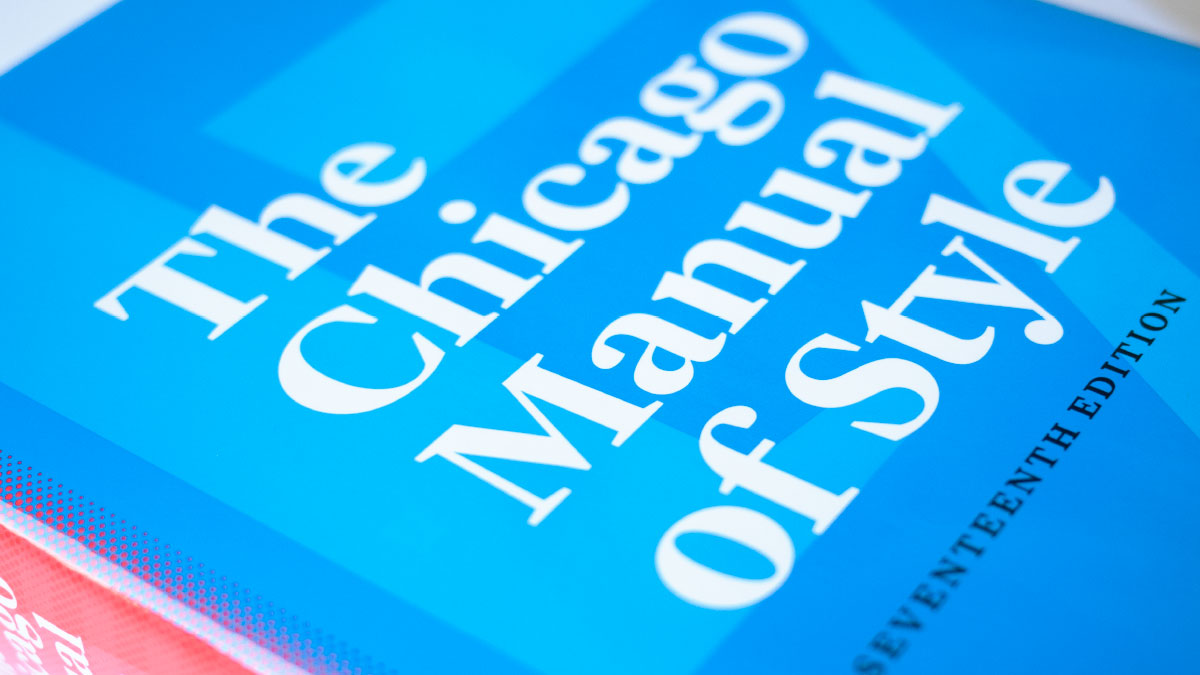Whenever you use words, facts, ideas, or explanations from other works, those sources must be cited. Academic referencing is required when you have copied texts from an essay, an article, a book, or other sources verbatim, which is called quotation. You also need referencing when you use an idea or a fact from another work even if you haven’t used their exact expression.

Academic referencing and academic citing mean the acknowledgment of the sources used by authors in their manuscripts. It requires the linkage of citations to the list of works cited in a paper. It also gives credit to the sources of information used in the manuscript. Citing a reference acknowledges the study you have referred to and allows others to find the work that you have cited. Citing each source that you use in your academic writing has some implications. Academic referencing helps demonstrate that you are not the first author who started the topic. Moreover, it enables authors to show that they use others’ ideas to create a new one. Thus, readers could track those references to obtain more ideas about a particular point you have made.
Whenever you use words, facts, ideas, or explanations from other works, those sources must be cited. Academic referencing is required when you have copied texts from an essay, an article, a book, or other sources verbatim, which is called quotation. You also need referencing when you use an idea or a fact from another work even if you haven’t used their exact expression. The only exception to this rule is when the information is considered common knowledge, which is something that anyone probably knows. If you are unsure whether to reference something or not, then you better reference it. Furthermore, academic referencing enables your target readers to follow up on the original source if they want to. It also allows them to see how dated the information might be. Academic referencing validates and strengthens your arguments.

Failure to provide appropriate acknowledgment of your use of another’s study creates plagiarism, and it is considered the dead sentence in academia. Copying texts or ideas without academic referencing, with incorrect referencing, and without referring to someone else's sentence structure even if you change words are the most common examples of plagiarism. Doctoral or other academic degrees can be canceled due to plagiarism. Because plagiarism is a form of cheating, theft, and misappropriation of academic works, such as manuscripts, books, or essays, plagiarism is considered a criminal offense by The Office of Research Integrity (ORI). Thus, it would be safe to say that plagiarism is an act of fraud because it means stealing someone else's ideas. Do not forget that plagiarism is considered an act of fraud.
There are two elements used in academic referencing: in-text citations and a reference list. Citations cover only sufficient information for the reader to find the sources in the reference list, while in-text citations generally comprise the author’s last name in the order that it appears on the actual publication. It is followed by the year of publication of the source that the author has cited. Page and paragraph numbers must be included for direct quotations.
The reference list is a list of all the publication information for the sources used and cited in your study. The main purpose of the reference list is to give the readers all the information they need to find those sources. The term reference list is called a bibliography in some publication styles. However, the APA style uses the reference list.
Academic referencing requires a formal system. Authors must follow the rules and standards when formatting citations and references. Although most researchers find referencing quite daunting at first, there is no need to worry; it takes time and patience to learn. Different colleges, journals, and institutions may require distinct styles, such as APA style, Harvard style, MLA, or Oxford style. Now, we are going to give some examples of the styles briefly.
The APA (American Psychological Association) style was created by The American Psychological Association. It is one of the widely used academic referencing styles in the sciences and social sciences. APA adopts the author–date system. In-text citations consist mainly of the author’s last name and the year of publication placed within the text, e.g., (Adam, 2008). In in-text citations, the last name of the author is followed by a comma and the publication year enclosed in parentheses. If a citation is directly quoted, you must add the necessary page number as well, e.g., (Adam, 2008, p.26).
The reference list in the APA style should be ordered alphabetically by the last name of the first author of each publication. However, references without author names are ordered in the reference list alphabetically by the first significant word of the title.

Here is an example that cites a book with one author adopting the APA style:
APA style in-text citation:
...(Wilkinson, 1991) or Wilkinson (2010) stated that "....." (p. 25).
APA style reference list:
Wilkinson, A. M. (1991). The scientist’s handbook for writing papers and dissertations. Prentice-Hall.
The Chicago style was created by The University of Chicago, and it is also called the Turabian style. It has two main documentation systems: notes-bibliography and author-date. The notes-bibliography system is preferred mainly by humanities. However, the author-date system is used by those in the physical, natural, and social sciences.
The notes-bibliography system of the Chicago style consists of two parts: a number in the text and as either a footnote or an endnote. A footnote requires a note at the bottom of the page, while an endnote requires a note at the end of the paper. Notes are supposed to be numbered sequentially beginning with 1 throughout each article, chapter, or paper.
The author-date system of the Chicago style consists of the author’s last name and the year of publication of the study cited. No punctuation is required between the author’s name and the date.
The reference list of the Chicago style should be ordered alphabetically by the last name of the first author of each study cited.

Here is an example that cites a work with one author using the Chicago style.
The Chicago style in-text citation (note-bibliography):
...1 1. Wilkinson, Antoinette Miele. 1991. The scientist’s handbook for writing papers and dissertations (New Jersey: Prentice-Hall, 1991), 25.
...12 12. Wilkinson, The scientist’s handbook for writing papers and dissertations, 25.
The Chicago style reference list:
Wilkinson, Antoinette Miele. 1991. The scientist’s handbook for writing papers and dissertations. New Jersey: Prentice-Hall, 1991.
(Wilkinson 1991, 25)
The Chicago style reference list:
Wilkinson, Antoinette Miele. 1991. The scientist’s handbook for writing papers and dissertations. Prentice-Hall.
The MLA style was created by the Modern Language Association. It is generally used for studies in the humanities.
The in-text citation of the MLA style consists of the last name of the author(s) and page number in parentheses and placed within the text. The reference list in the MLA style must be ordered alphabetically by the last name of the first author of each publication.

Here is an example that cites a publication with one author who adopted the MLA style.
MLA style in-text citation:
... Wilkinson (25) or Wilkinson stated that "..." (25)
MLA style reference list:
Wilkinson, Antoinette Miele. The scientist’s handbook for writing papers and dissertations. New Jersey: Prentice-Hall, 1991.
If you need professional help for editing, proofreading, line editing, or copyediting, please visit our service page. Best Edit & Proof expert editors aim to provide your manuscripts with proper scholarly and academic tone and style. They will significantly improve the chances of having your research manuscript accepted for publishing. They provide subject-area proofreading and editing services in several fields categorized under various disciplines. With our extensive knowledge and expertise, we will help you find the right tone and style for your manuscript.
If you need our subject-area editors to format your manuscripts, giving you the fundamental rules for formatting your manuscripts as described in your guidelines, such as APA, MLA, or Chicago/Turabian styles, then contact us. At Best Edit & Proof, our proofreaders and editors edit every type of academic paper. We have a user-friendly website, and a simplified ordering process.
If you would like our subject-area editors and language experts to work on your project for the improvement of its academic tone and style, then please visit the order page. It is easy! It takes only a few minutes to submit your paper and complete the process. Click here to see how it works.
We have flat-rate pricing based on our type of service (editing or proofreading), word count, and turnaround time. Enter your word count or copy and paste your document into our pricing calculator to get an instant quote.
If you need support for editing and proofreading services, contact us. You can also e-mail us or use the 24/7 live chat module to get direct support. We have a 24/7 active live chat mode to offer you direct support along with qualified editors to refine and furbish your manuscript. Alternatively, you can text us through our WhatsApp business line.
Follow us on Twitter, LinkedIn, Facebook, Instagram, and Medium.
For more posts, click here.

For more information about the citation styles and APA style, read the following articles:
The 9 Most Important Changes in the 7th Edition of the APA Manual
How to Present Tables and Figures in APA Style (7th edition)
How to Cite Sources in APA Referencing Style? | With APA 7th Edition Update
This article discusses the importance of academic referencing and citing. To give you an opportunity to practice proofreading, we have left a few spelling, punctuation, or grammatical errors in the text. See if you can spot them! If you spot the errors correctly, you will be entitled to a 10% discount.
How to Determine Variability in a Dataset
14.10.2023
How to Determine Central Tendency
19.02.2023
How to Specify Study Variables in Research Papers?
14.01.2023
Population vs Sample | Sampling Methods for a Dissertation
14.01.2023
How to Ensure the Quality of Academic Writing in a Thesis and Dissertation?
04.12.2022
How to Avoid Anthropomorphism in Your Dissertation?
04.11.2022
How to Write a Research Methodology Section for a Dissertation and Thesis
07.08.2022
How to Write a Theoretical Framework for a Dissertation and Thesis?
05.08.2022
How to Write Literature Review for a Dissertation and Thesis
02.08.2022
How to Write a Dissertation and Thesis Introduction
31.07.2022

The successful manuscript submission can benefit in accelerating quick publication, the promulgation of your findings, and avoiding the chances of scooping. Plus, it provides a quicker return for you to start working on your next study. This article will guide you through 11 tips for successful manuscript submission.
Continue Reading
Whether you are new to academics or have been around for a while, you must understand that research is a critical segment of the academic field. Therefore, it is essential to know the WHATs, WHYs, and HOWs of it. Pertaining to that, this article discusses different types of research methods that you will come across. Namely, they are — quantitative research and qualitative research. Here, we will learn what these types of research are, how they are different, and when they are used. This will be especially helpful for researchers and students who are just starting with their research.
Continue Reading
One of the defining aspects of academic writing is that it is research-oriented. Academic authors constantly refer to and review credible literature in their field of study to succor their academic arguments and plausibly divulge the contents of their manuscripts to the readers. However, as much as it is necessary for academics to refer to trustworthy sources, correctly mentioning them in-text or in the bibliography is equally important. This is where the concept and importance of citations come into the picture.
Continue Reading
Academic referencing and academic citing acknowledge the sources used by authors in their manuscripts. It necessitates the linkage of citations to the list of works cited in a paper. It also gives credit to the sources of information used in the manuscript. Whether it is about writing a book or other academic documents, you first need to learn how to use APA referencing style and format. With the help of citations, readers can easily understand the messages conveyed in an article.
Continue Reading
The cover letter acts as the first impression that the authors or their work will have on the editor. It can be contemplated as the “sales pitch” of the conducted research and the submitted work. It, therefore, deserves meticulous attention and should never be written half-heartedly. This article discusses how to write a persuasive cover letter for journal submission and presents an easy-to-follow rubric that will help you draft an impeccable cover letter.
Continue Reading